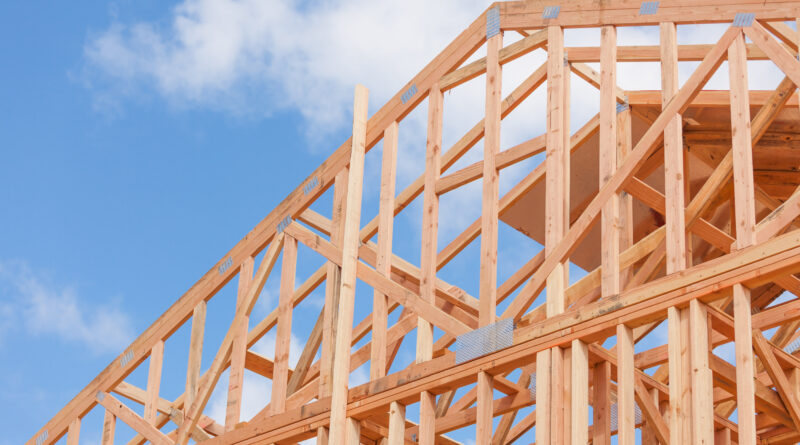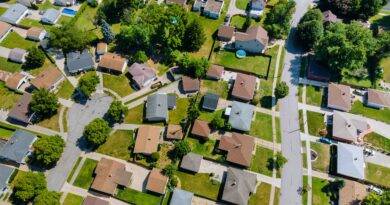Framing Lumber Prices
Lumber prices have risen for six consecutive weeks, with the Random Lengths framing lumber composite price increasing by 1.5% in the week ending Aug. 23, 2024, though prices remain 6.8% lower than a year ago. The NAHB attributes recent lumber price volatility to factors like increased demand, tariffs, and supply-chain issues, while advocating for policy changes to stabilize the market.
According to the NAHB, the framing lumber composite price rose 1.5% during the week ending Aug. 23. After dropping to their lowest level since April 2020, lumber prices have now risen for six consecutive weeks.
NAHB continually tracks the latest lumber prices and futures prices, and provides an overview of the behaviors within the U.S. framing lumber market. The information is sourced each week using the Random Lengths framing lumber composite price which is comprised using prices from the highest volume-producing regions of the U.S. and Canada. A summary of other wood prices, including plywood prices, is included below.
Prices and Trends in the U.S. Framing Lumber Market
Summary of the week-to-week lumber prices and plywood prices for the week ending Aug. 23, 2024:
- The Random Lengths framing lumber composite price rose 1.5% from the previous week.
– Prices are up 7.0% in the past month, but they are still 6.8% lower than one year ago.
-Thus far, 2024 has been the least volatile year for lumber prices since 2019. - The price of lumber futures fell 4.4%, and the continue trading at a premium of over $100.
– Prices are 1.9% lower than a year ago. - The structural panel composite price rose 0.8% from the previous week.
-OSB prices increased 0.9%.
-Western Fir plywood prices were flat.
-Southern Yellow Pine plywood prices increased 2.0%.
Key Factors Influencing Lumber Prices
Softwood lumber prices have been especially volatile in recent years largely because of increased demand, rising tariffs, supply-chain bottlenecks and insufficient domestic production. To address the high prices for lumber, NAHB has advocated for the following actions:
- Negotiate a long-term deal with Canada to reduce tariffs and boost imported lumber.
- Increase domestic production by seeking higher targets for timber sales from publicly-owned lands and opening up additional federal forest lands for logging.
- Reduce U.S. lumber exports to China and other international clients.
- Seek out new markets to reduce our nation’s reliance on Canadian lumber imports and make up for our domestic shortfall.
- Identify new markets (besides Canada) and work with countries already exporting softwood lumber to the United States to increase their exports here.
Impact of Wood and Lumber Prices on the Cost of a New Home
In addition to narrowly defined framing lumber, products such as plywood, OSB, particleboard, fiberboard, shakes and shingles make up a considerable portion of the total materials (and cost) of a new home.
Surveys conducted by Home Innovation Research Labs show that the average new single-family home uses more than 2,200 square feet of softwood plywood, and more than 6,800 of OSB, in addition to roughly 15,000 board feet of framing lumber. Softwood lumber is also an input into certain manufactured products used in residential construction — especially cabinets, windows, doors and trusses.
To account for the manufacturer’s margin, sawmill prices for the lumber embodied in these products are marked up by the percent difference between receipts and cost of goods in the “wood product manufacturing” industry, as reported in the IRS Returns of Active Corporations tables.


